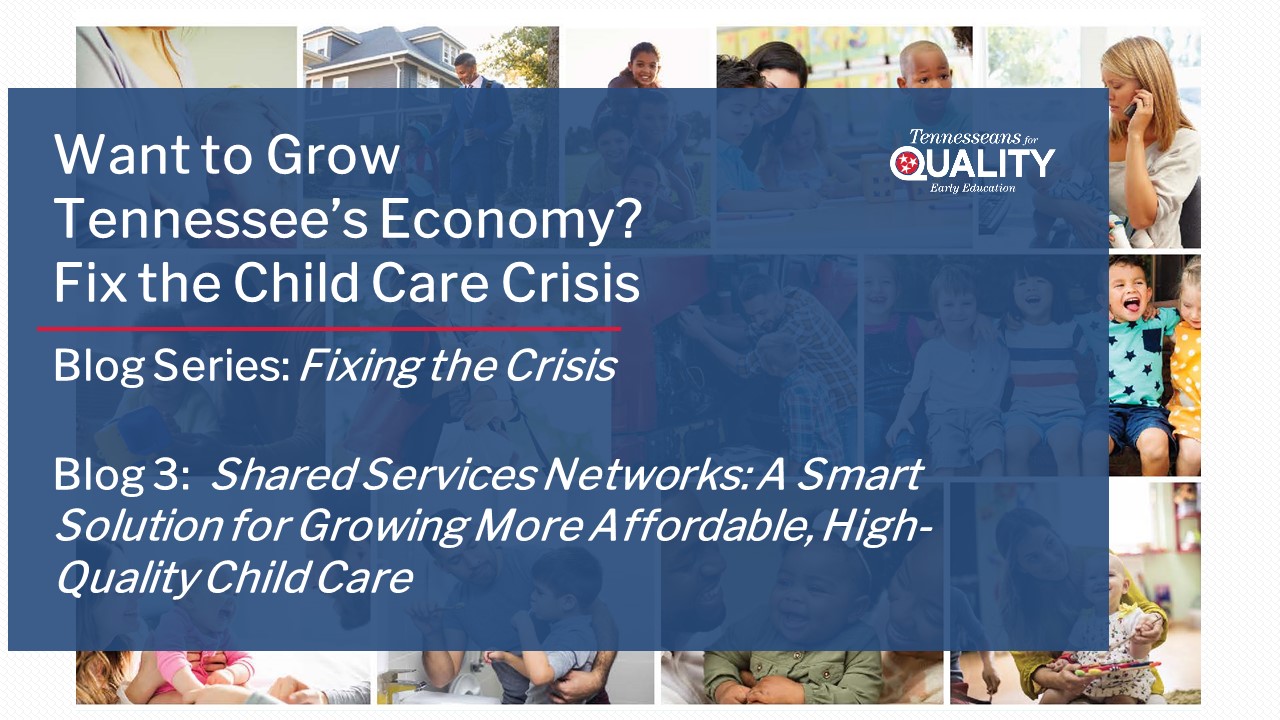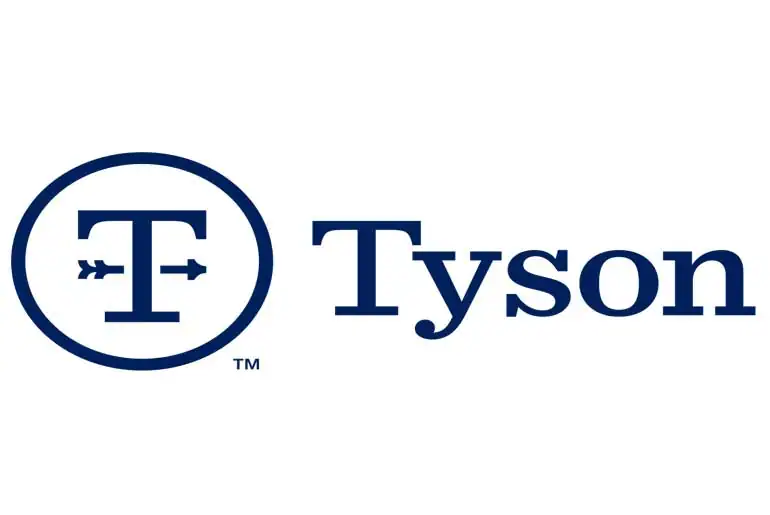Tennessee has a large child care industry sector, made up primarily of home-based, sole proprietors, but to meet market demand, the sector needs to grow substantially.
There are 13,185 market-based child care providers in Tennessee with a combined revenue of $752 million; but the number of providers is down 11.4% since 2010. At the same time, two-thirds of parents said they have trouble accessing child care at all, exacerbated by the fact that 48% of Tennesseans live in a child care “desert” – an area that has three times as many children as licensed child care spots. Of the 13,185 providers only 4,257 are licensed or certified by the state of Tennessee, leaving parents with limited insight into the health, safety and quality standards of the rest. This limited licensure may be part of the reason that half of Tennessee parents cite finding suitable quality care to be a challenge.
So why hasn’t the child care industry grown to meet the demand?
The answer likely has a lot to do with the fact that the typical child care business models offer very slim margins.
It’s difficult for child care providers to keep costs affordable to parent customers while at the same time paying the teacher(s) enough to make a decent living. Quality of care is dependent on the teachers and their qualifications, knowledge and skills, but the average salary for a child care teacher in Tennessee is $9.31 per hour and the typical tenure is less than 1 year, according to Indeed.com. Yet, while that average wage is not nearly enough to recruit and retain qualified teaching talent, paying teachers more often drives prices higher at a time when the prices are already exceeding the cost of college and consuming an ever greater share of family income. In fact two-thirds of Tennessee parents reported affordability as a significant challenge for securing suitable child care.
Furthermore, like most small businesses, providers are not typically able to capture economies of scale for business operations. They often struggle with administrative overhead costs that include such things as bookkeeping, billing and fee collection, benefits and insurance, recruiting parents and staff, and state licensing and subsidy management, among other things.
Enter the Shared Services approach.
A shared service model, or network, is a hub and spoke model for child care which allows participating small service providers to spread costs and capitalize on economies of scale to deliver services more efficiently and effectively. The best models also employ technology to save time and allow the majority of labor investment to go towards the most important function of child care: child development and teaching. (See our blog on How Technology Can Be a Game-Changer for Child Care)
Louise Stoney is a child care policy and financing expert and “guru” of the shared service model. Stoney, along with her teammates at Opportunities Exchange, promotes and provides technical assistance to communities and organizations adopting variations on the shared services model. She speaks highly of innovative models in Tennessee, including the Chambliss Center in Chattanooga and ChildcareNashville.com, based in Nashville, TN at the Community Foundation of Middle Tennessee, and which is now transitioning to become ChildcareTennessee.com — a highly valuable shared services resource for our state.
The model depicted below by Opportunities-Exchange features Chattanooga’s Chambliss Center, and illustrates one model for how a shared services network can be organized.

Alliance hubs generally charge a fee and/or receive grant support for providing the services. Alliance members are child care centers and/or home-based child care providers who receive shared services through their membership, or as part of a multi-site child care organization. Alliances can be organized in a multitude of ways, depending on the unique needs, context and/or arrangement of alliance members.
Another, more tech forward shared services model is Wonderschool, sometimes called the “Airbnb of Child Care”.
Wonderschool is a technology-based platform that helps licensed educators and caretakers launch in-home preschools or child care services. It offers a suite of services and supports that help professional caregivers and teachers set up shop at home, with Wonderschool handling the administration and logistics.
According to an article by Jenny Anderson in Quartz, “Wonderschool can help bridge the gap for early-childhood educators who want to start their own business, but may not know how. The platform can help users get the necessary credentials, launch a website, pick a type of preschool program—from Montessori to Reggio Emilia or Waldorf—and manage enrollment.” Wonderschool does all of this while eliminating the cost of investment in a commercial space to operate the business, and in exchange charges a 10% cut of tuition.
Quartz’s Anderson also notes, “Wonderschool, along with other initiatives reimagining at-home child care, aren’t just meant to benefit teachers and care providers…Large child-care centers may make sense if parents work on a typical 9-5, inflexible schedule, with a drop-off period in the morning and a pickup at night. But parenting has changed, along with how and where we work. Parents’ hours are all over the place.”
“There’s a huge lack of high-quality early childhood education options to parents … throughout the US,” Chris Bennett, co-founder and CEO of Wonderschool, tells Quartz. The two main reasons, he says, come down to real estate and business savvy. Starting a business in a commercial space is prohibitively expensive for most people, and most early-childhood educators are focused on kids and teaching, not raising startup capital to retrofit a commercial space for licensed child care use. Wonderschool cuts out the barrier of pricey real estate by letting teachers and caregivers set up at home, and manages the logistics via its software. The company’s hope is that by saving on real estate [and streamlining other overhead costs], early childhood centers will be able pay their staffers more, while parents can pay less.”
Expanding Shared Services approaches in Tennessee
Strategic investment in shared services networks across the state could be a significant part of the solution package for fixing Tennessee’s child care crisis – with the immediate short-term impact of growing the number of child care providers and slots in the marketplace. Effectively structured, these investments could also help ensure quality and affordability. With federal TANF and CCDF child care funds largely untapped and underutilized (see our blog: Government Resources Available to Help Fix the Child Care Crisis), there are significant resources available for the state Department of Human Services, to direct investments toward this end.
The child care system is complex, and there are no “silver bullet” solutions, but shared services models can go a long way towards addressing some of the major impediments to affordability, access and quality.
Here are the other posts in the Solutions Series. Let us know what you think and if you know of other solutions!
BLOG 1: Fixing the Child Care Crisis: Introduction
BLOG 2: Government Resources Available to Fix the Child Care Crisis
BLOG 3: Share Services Networks: A Smart Solution for Growing More Affordable, High Quality Child Care
BLOG 4: How Technology Can Be A Game Changer for Child Care
BLOG 5: Business Strategies for Supporting Employee-Parents





